All about growing morning glory and caring for liana
Morning glory, planting which allows you to easily and quickly create a hedge, is an extremely unpretentious plant. She needs minimal care, and the flower is capable of multiplying without human intervention. This representative of the Vyunkov family can be grown not only in the open field, but also on the balcony. There are more than 500 varieties in total that are grown in warm climates as perennials. Any of them grows very quickly and is capable of braiding a support in a few weeks. The length of the shoots can reach 3 m or more, which makes it possible to use bindweed not only for vertical gardening, but also as a decoration for arbors, fences and lanterns. The flowering period is from July to October.
Types and varieties of morning glory
There are many varieties and types of morning glory: some of them have attractive foliage, while others delight with beautiful and abundant flowering. In decorative deciduous varieties, foliage colors can be different: from light green to purple. The shape of the leaf plate also varies. The collection of modern hybrids has been replenished with plants native to Africa - caudex morning glories, which reproduce underground tubers. Branches grow from the swollen lower part of the stem, on which flowers of various shapes and colors are formed. But caring for these species is different - they need more sunlight and more frequent feeding.
The morning glory flower is funnel-shaped, can reach a size of 12 cm. The color is varied and depends on the variety. Liana Kvamoklit, in addition to attractive star-shaped flowers, also has interesting openwork bright leaves. She comes from South America and is very popular in central Russia. Kvamoklit is often used in landscaping and wall decoration.
Let's list the most common subspecies.
- Quamoklite pinnate - liana, reaching 5 m in height, with openwork leaves of a light green hue. Small flowers, up to 3 cm in diameter, resemble a star in shape. Color - from snow-white to red. Kvamoklit pinnate blooms in the middle of summer and continues to delight with its bright stars until September. This subspecies cannot be transplanted.
- Slaughter's Kvamoklit, or "cardinal vine" can grow up to 3 m. The color of the foliage is pale green, the leaves are carved along the edges. The flowers are bright red, up to 2 cm in diameter. Blooms from July to September. It propagates only by seed, planting is carried out immediately into the ground. Caring for this species of morning glory is very simple.
- Kvamoklite fiery red - annual liana, stems reach 3 m in length. The flowers are bright red, up to 2 cm in diameter. This varietal group of morning glories quickly loses its decorative properties, therefore it is not particularly popular - since the end of August, the vines have already set seeds, and the green part is slowly dying off.
- Blade kvamoklit, or Lobata, - grows like a perennial in warm climates, but in central Russia it is annual. Shoots reach 3 m, leaves are heart-shaped. Flowers up to 3 cm in diameter, with pronounced stamens, collected in racemose inflorescences up to 40 cm long. A feature of the lobed Kvamoklite is the change in the color of the buds during the blooming process: from red to yellow. This morning glory is often grown on the balcony.
Ipomoea purple is another common species, the shoots of which are very long - up to 8 m. This plant comes from the tropical zone of America. The opened buds are also large, up to 7 cm in diameter, bell-shaped, growing in bunches of several pieces. Their color can vary, from pink to blue, but the corolla is always snow-white.If the care of this variety of morning glory is correct, then it grows very quickly and blooms profusely until late autumn. Its flowers open in the morning, closing at noon, but can stay open much longer on cloudy days. Various varieties of purple morning glory have double and variegated variations.
One of the most decorative species is considered to be tricolor morning glory, with large, up to 9 cm in diameter, flowers - usually blue, with a light core. Another variety, Ipomoea Nil, is a liana with a short life cycle, with funnel-shaped flowers, which needs more careful care than other species. Some of them reproduce only by cuttings, as they do not set seeds. Another popular type of morning glory is Moonflower, which sometimes stands out as a separate genus, with large flowers, up to 15 cm in diameter, opening in the evening and withering in the morning. This species is often grown on the balcony, because caring for the plant does not pose any particular problems, and the flowers look very attractive.
Ipomoea planting
Ipomoea planting begins with choosing a suitable place. The main feature of this vine, which must be taken into account, is its sensitive reaction to light. With the advent of direct sunlight, usually in the afternoon, the vine closes the flowers and opens them only the next morning. The place for growing this plant should be chosen not too sunny - this will not only make it easier to care for it, but also increase the duration of flowering.
You should not choose a too shaded area for planting morning glory - a lack of light slows down its growth, and the flowers may not bloom at all.
Another condition is protection from drafts, since the fragile shoots of this vine can easily break from sudden gusts of wind. A strong support is also important to which they can cling. It is best to install it immediately after planting so as not to damage the stems later. No special effort is required to prepare the planting material. Most often, morning glory is grown in seedlings or seeds are sown directly into the ground in May, after soaking in wet gauze for several days. If you plant too early, the shoots can intertwine, and it will be problematic to separate them from each other without breaking.
You need to carefully choose planting material - it loses its germination after 3 years. Sow seeds for seedlings in prepared pots with universal flower soil, placing 3 pieces in each. They need to be embedded about 2 cm deep. The support is installed immediately. It is better if the size of the container is large enough: the vine grows very quickly, and during transplantation it can turn out to be very large. Seeds can be sown in open ground when the threat of frost has passed, otherwise the flower may die. Seedlings should be transplanted carefully, being careful not to damage the roots.
Almost any substrate is suitable for morning glory, with the exception of sandy - it is best to add black soil and compost to such a soil. If the soil on the site is fertile and loose, then the plant will actively develop and bloom well. To make the vine look more magnificent, you can plant several bushes in each hole. The holes should be shallow, and the distance between them should be about 30 cm. After planting, the seedlings are sprinkled with soil and watered abundantly. It is better to immediately mulch the soil in order to protect young morning glories from drying out the soil.
Morning glory reproduces well by self-sowing, therefore it is better to remove ripe seeds in order to prevent the uncontrolled spread of the flower on the site. Due to their endurance and vitality, these plants very quickly fill the living space around them.
Ipomoea care
Strong support is one of the main components of the successful cultivation of this vine. It very quickly begins to cling to any plane and forms a beautiful green carpet on vertical surfaces. You can plant the plant near a wall or fence.Care consists in regular watering, several times a week, even in rainy weather, but the roots should not be overmoistened. Top dressing is applied every 14 days, for which a liquid fertilizer with a high nitrogen content is used. It is important not to overfeed the morning glory - it may start to grow green instead of blooming.
If the vine is properly cared for, pests and diseases usually do not damage it. When the weather is dry and hot, spider mites or aphids may appear on the plant. In this case, the leaves lose color, deform and fall off. The main means of control is treatment with special insecticides. For prophylaxis around the morning glory, they try to increase the humidity of the air, regularly spraying the leaves with water, to which a few drops of any essential oil are added (10 drops per 1.5 liters of water).
Perennial morning glories can be grown in warm climates. Caring for them during the growing season consists in regularly sprinkling the shoots growing from the root, watering and feeding. In autumn, the layering is covered with foliage, and in the spring, when the threat of frost passes, the shelter is removed and the bushes are fed with organic fertilizers. Then the shoots of the morning glory grow back. In central Russia, you can try to preserve the liana for the winter by transplanting it into pots and placing it on a windowsill or an insulated balcony.
Output
Morning glory is an unpretentious plant, the varieties of which are diverse, and the decorative flowers and growth rate make it easy to experiment with garden design. There are many decorative deciduous and flowering species, with foliage and flowers of various colors and shapes. Ipomoea Kvamoklit and its subspecies are especially popular, as well as purple morning glory, Nile, tricolor.
For landing, choose a place protected from wind and direct sunlight. Care is quite simple and consists in regular watering, feeding and installing a reliable support. The flower is propagated most often by seedling, by sowing seeds in containers. Sometimes planting is done directly in open ground. Some species can only reproduce by cuttings. It rarely gets sick, sometimes it is damaged by spider mites and aphids.
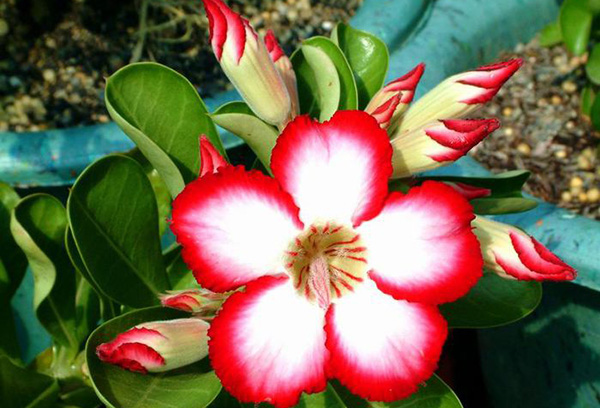
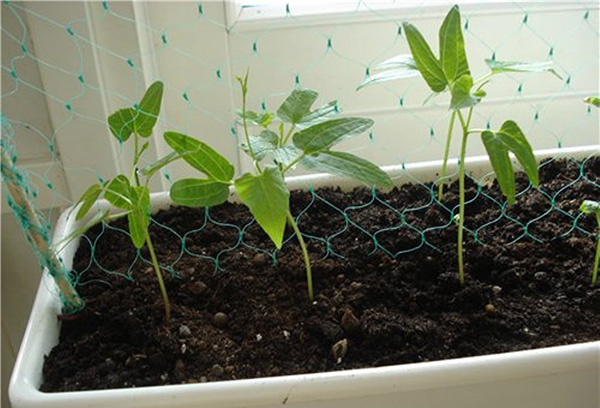
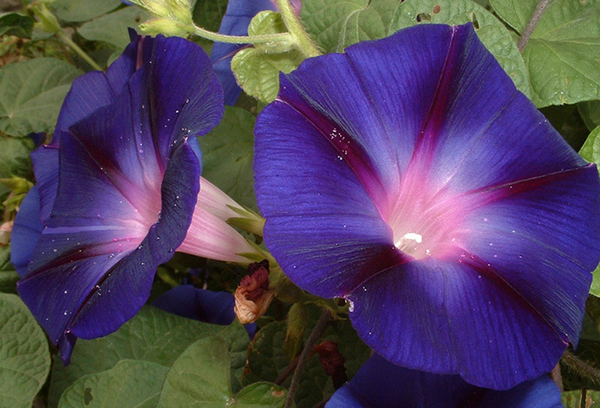



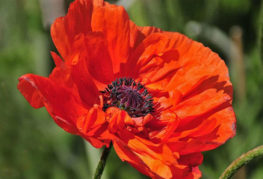
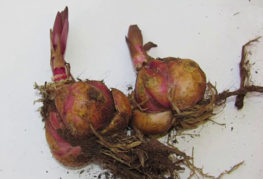
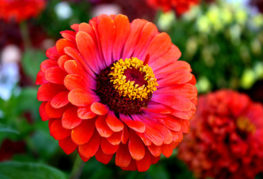
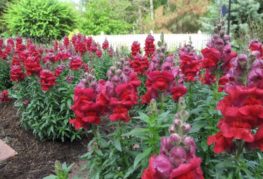
and will be published shortly.